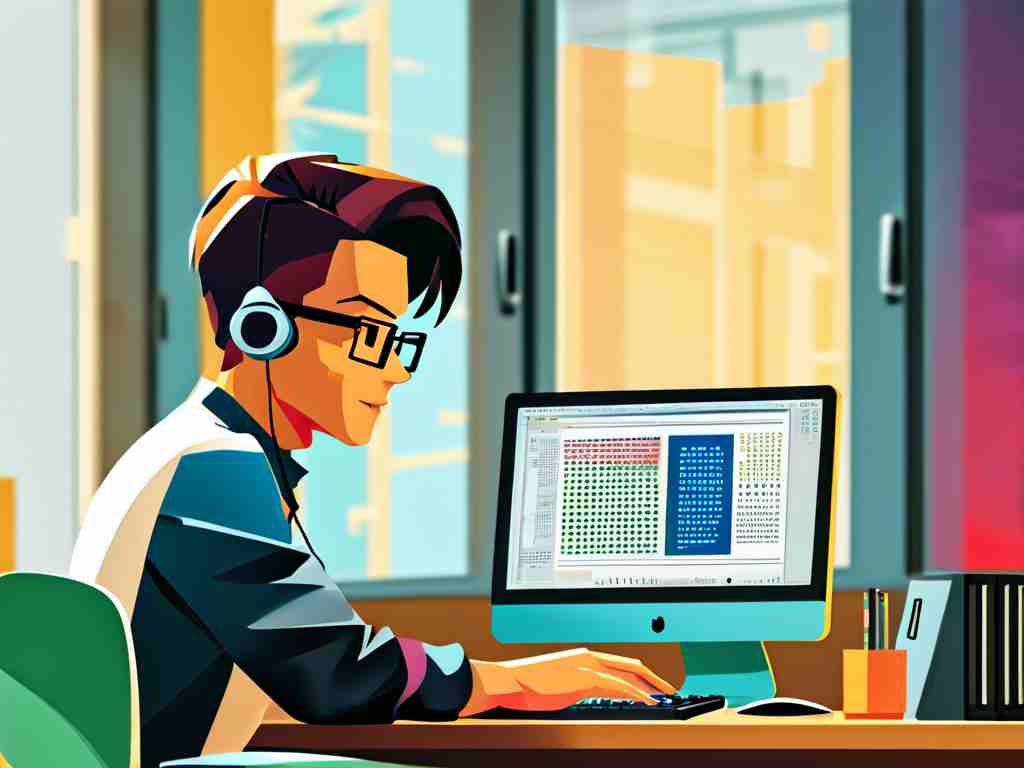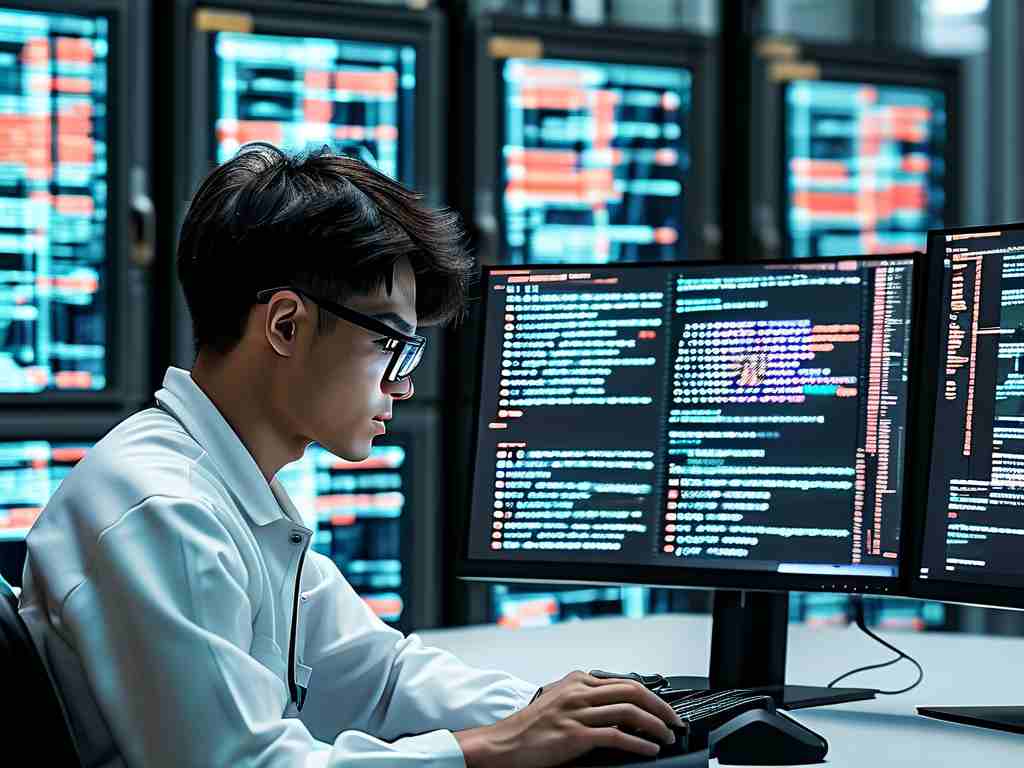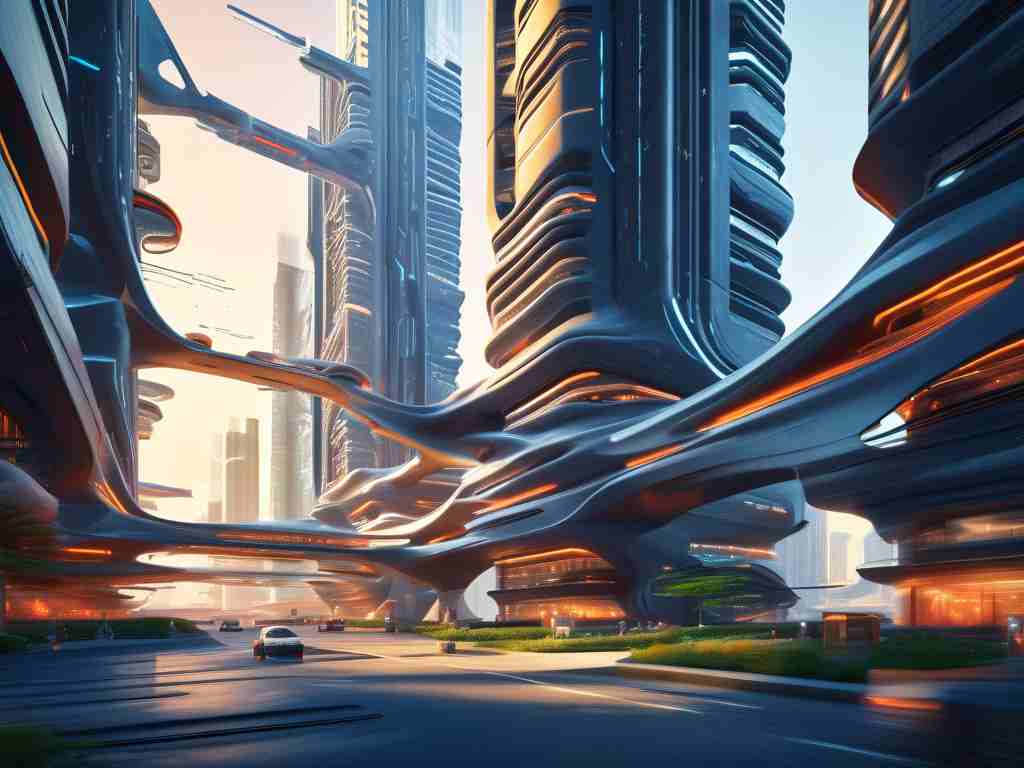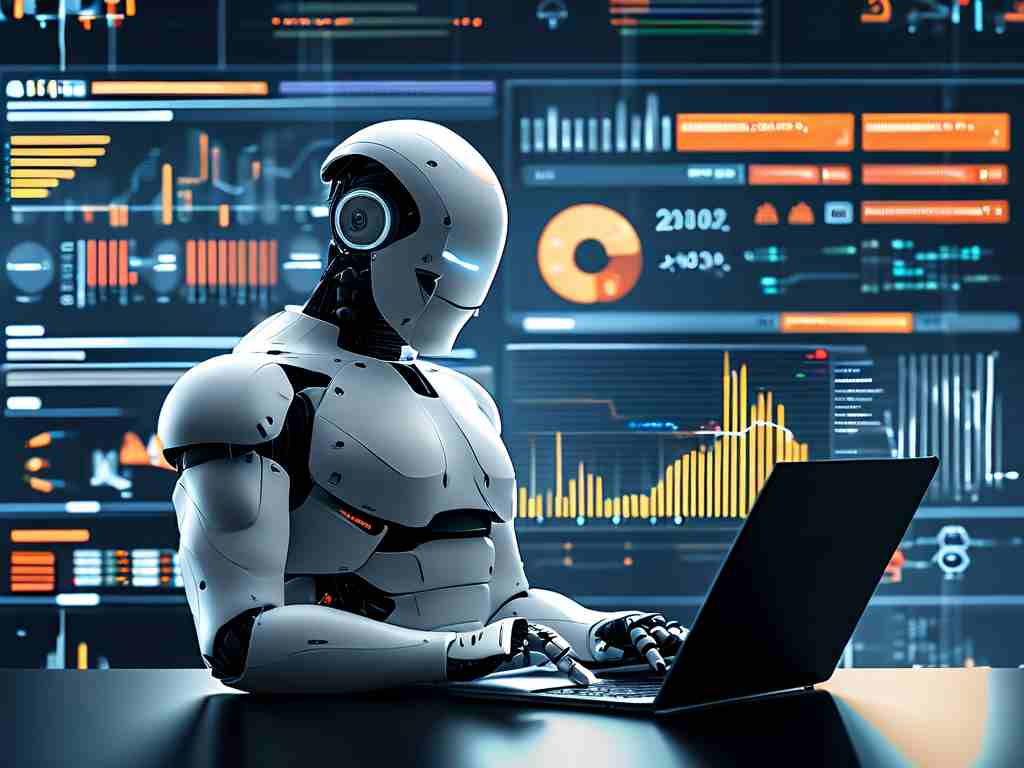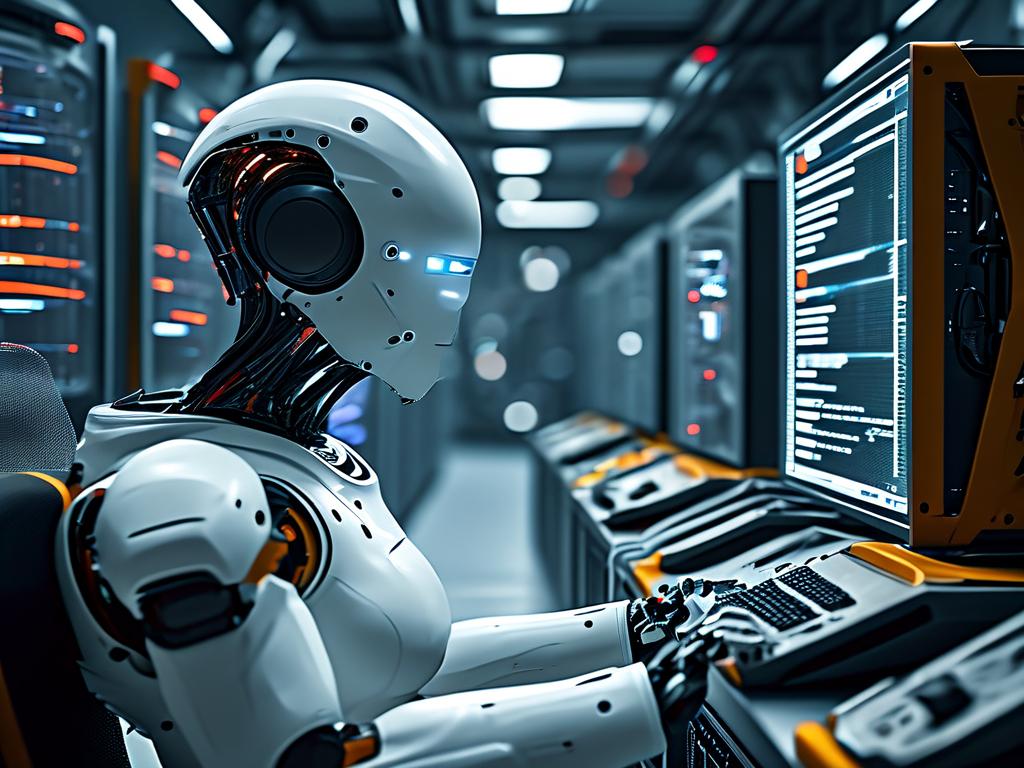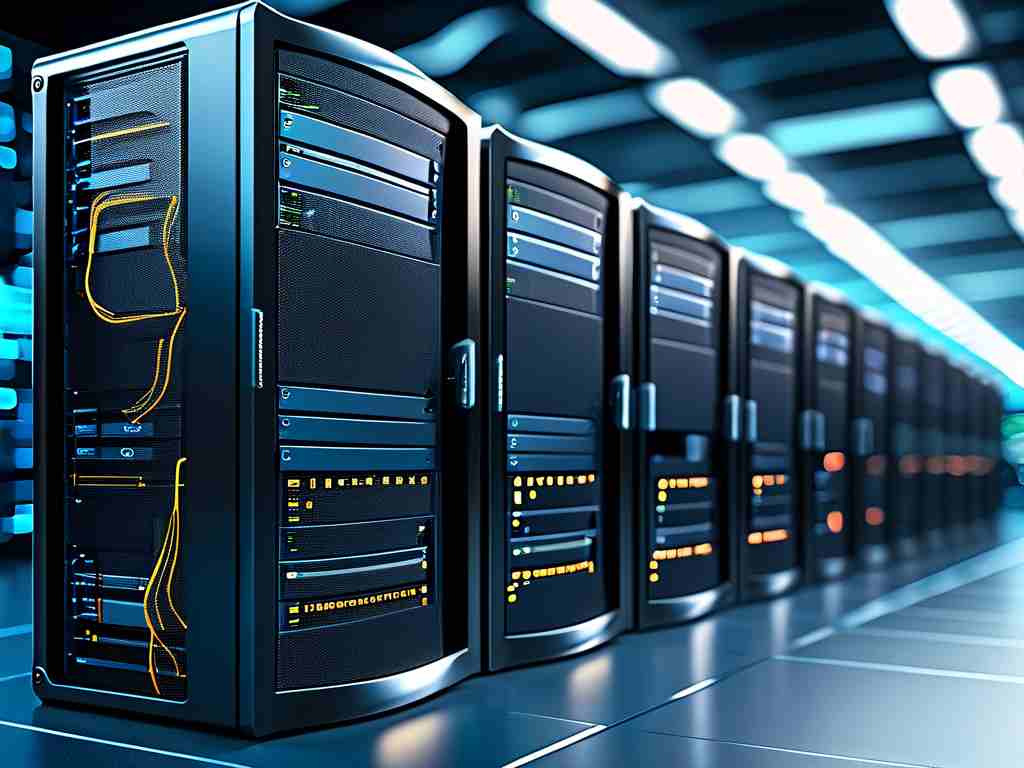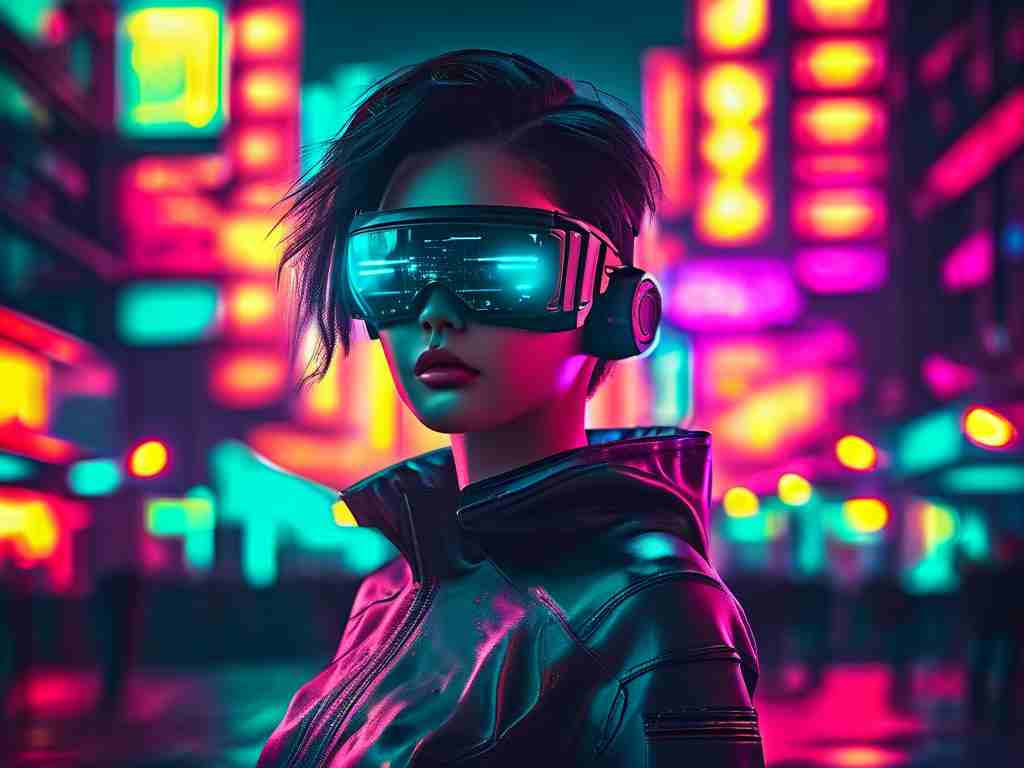In recent years, artificial intelligence (AI) has revolutionized the field of digital art, enabling users to generate stunning visuals through advanced algorithms. Among the myriad of AI-driven tools, certain algorithms have emerged as foundational to modern AI painting. This article explores the most widely used AI painting algorithms, their mechanisms, applications, and impact on creative industries.
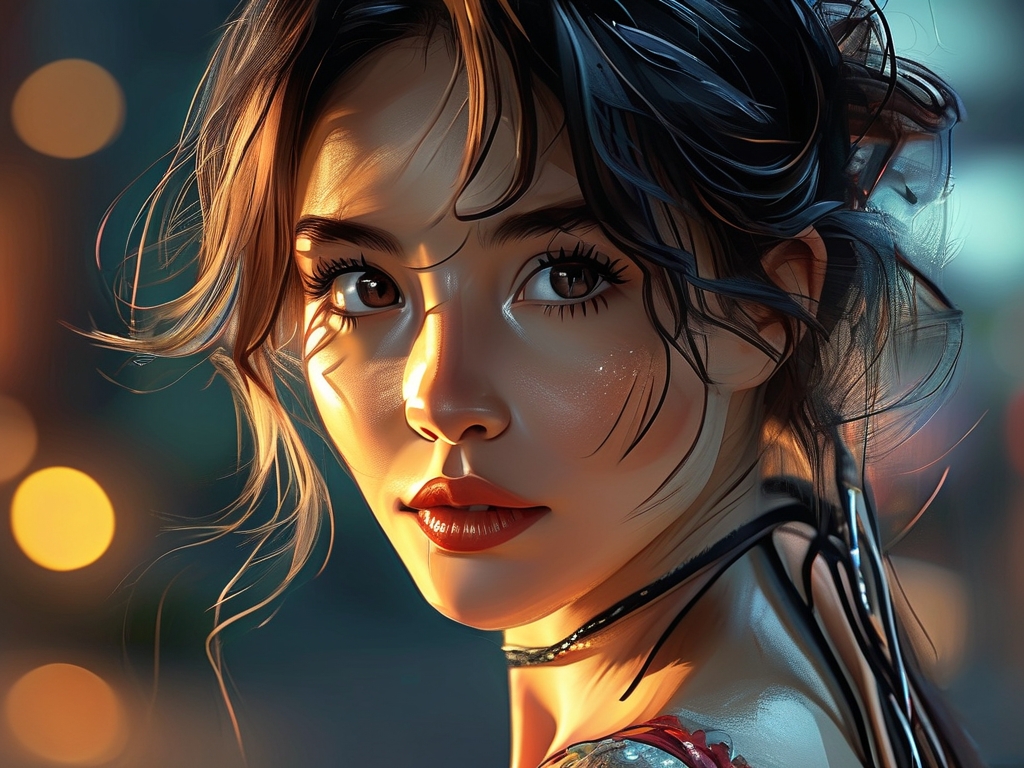
1. Generative Adversarial Networks (GANs)
GANs, introduced by Ian Goodfellow in 2014, are among the most influential AI algorithms for image generation. A GAN consists of two neural networks: a generator that creates images and a discriminator that evaluates their authenticity. Through adversarial training, the generator improves its ability to produce realistic outputs, while the discriminator sharpens its detection skills.
- Applications: GANs power tools like Artbreeder and DeepArt, enabling style mixing and hyper-realistic image synthesis.
- Strengths: High-quality outputs, versatility in style transfer.
- Limitations: Training instability and high computational costs.
2. Variational Autoencoders (VAEs)
VAEs are probabilistic models that encode input data into a latent space and decode it back into images. Unlike GANs, VAEs focus on learning data distributions, making them ideal for tasks requiring controlled generation, such as interpolating between artistic styles.
- Applications: Used in platforms like Runway ML for generating variations of existing artworks.
- Strengths: Stable training, interpretable latent spaces.
- Limitations: Outputs often lack the sharpness of GAN-generated images.
3. Diffusion Models
Diffusion models have gained prominence for their ability to generate high-fidelity images by iteratively denoising data. These models simulate a Markov chain process, gradually refining random noise into coherent images.
- Applications: Tools like DALL-E 2 and Stable Diffusion leverage diffusion models for text-to-image synthesis.
- Strengths: Exceptional detail and scalability.
- Limitations: Slow inference speeds due to iterative steps.
4. Neural Style Transfer (NST)
NST algorithms blend the content of one image with the style of another using convolutional neural networks (CNNs). Pioneered by Gatys et al. in 2015, NST extracts features from pre-trained models like VGG-19 to separate and recombine style and content.
- Applications: Popular in apps like Prisma and Adobe Photoshop's "Neural Filters."
- Strengths: Real-time processing, accessibility for non-experts.
- Limitations: Limited to style replication rather than original creation.
5. CLIP-Guided Generation
Combining Contrastive Language-Image Pretraining (CLIP) with generative models, this approach aligns text prompts with visual outputs. By optimizing images to match textual descriptions, CLIP-guided systems enable precise creative control.
- Applications: Platforms like MidJourney and Craiyon use CLIP to enhance prompt-based generation.
- Strengths: Strong text-to-image alignment, user-friendly interfaces.
- Limitations: Dependency on large-scale datasets and compute resources.
6. Transformers for Image Generation
Transformers, initially designed for natural language processing, have been adapted for image synthesis. Models like Google's Imagen and OpenAI's DALL-E use transformer architectures to process image patches as sequences, enabling coherent large-scale generation.
- Applications: Text-to-image systems, logo design automation.
- Strengths: Scalability, context-aware outputs.
- Limitations: High memory requirements for training.
Comparative Analysis
Each algorithm excels in specific scenarios:
- GANs dominate in photorealistic generation.
- VAEs suit controlled, exploratory art projects.
- Diffusion Models lead in quality and innovation.
- NST remains ideal for style mimicry.
- CLIP and Transformers excel in text-driven workflows.
Future Directions
Emerging trends include hybrid models (e.g., combining GANs with diffusion), real-time generation for interactive art, and ethical frameworks to address copyright and bias concerns.
In , AI painting algorithms are reshaping creativity by democratizing access to advanced tools. Understanding their strengths and limitations empowers artists and developers to harness their potential responsibly.



